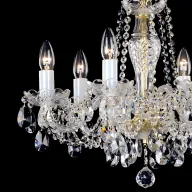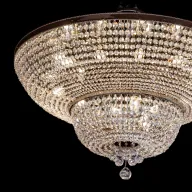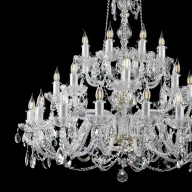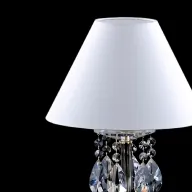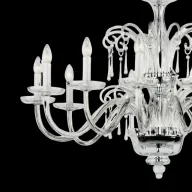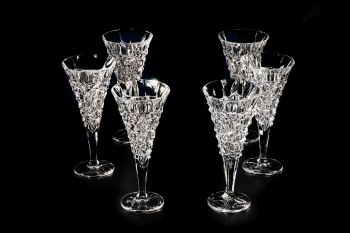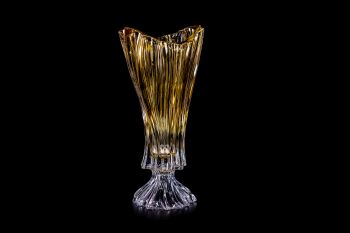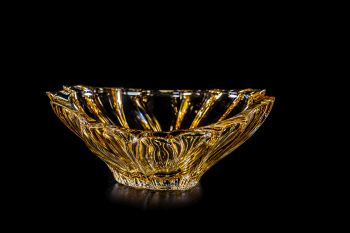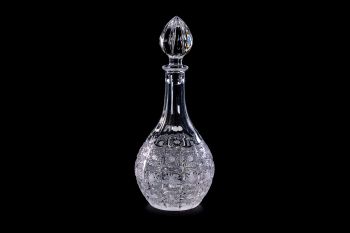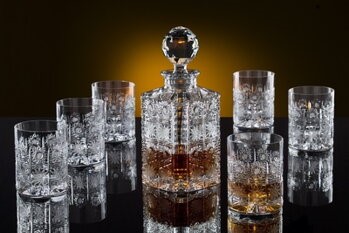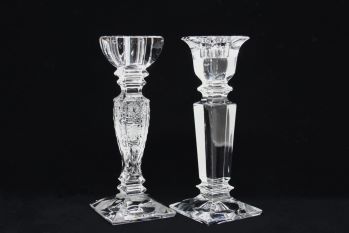How to recognize crystal glass?
Added 11.1.2022 10:47.24
Gold is not all that glitters. The same is true of crystal. Especially Czech crystal. It has such a good name in the world that many imitations are made.
But the imitations are nowhere near the original in their properties, and people who have been deceived are left with nothing but eyes to cry on - and a poor quality fake. See how easy it is to tell a genuine Czech crystal from a fake.

You'll pay extra for quality - and therefore Czech crystal
We know that most people don't have money to spend and are looking for ways to save money. And perhaps that's why many people succumb to the suspiciously low price of a crystal product. However, at such a time, one needs to be vigilant. There are cheaper and more expensive sellers in every industry, but it really isn't realistic for someone to offer genuine crystal for two to three times cheaper than what it normally costs.
Quality is simply worth investing in. And Czech crystal is a guarantee of top quality, but quality costs something. The final price reflects both the first-class material and the precision of its processing. Complex processes and energy-intensive technologies are used in the production process, which are really not cheap. Take a look at this article on how crystal is made.
The all-too-favourable price is one of the warning signs that you are being offered, for example, expensive ordinary glass instead of cheap crystal. The price level of crystal products is similar for all solid sellers, and one whose price level is significantly different is unlikely to be solid.
How can you tell crystal by looking at it? By weight and luster
Price is not the only clue to how to recognize crystal. One of the most distinctive characteristics of a genuine crystal, which we wrote about in our last article, is high brilliance. Crystal chandeliers are distinguished by their unique refraction of light, which multiplies the power of light from incandescent bulbs, whereas ordinary glass or acrylic plastic, the most commonly used materials in imitating crystal, do not have this property.
They lack the presence of lead oxide. It is thanks to it that traditional czech crystal chandeliers, modern crystal chandeliers, crystal ceiling lights, crystal lamps and other crystal glass products refract light so that we can see all the colours of the rainbow in it.
In addition, a binary compound of lead and oxygen with the formula PbO adds weight to the glass, so cheap imitations can be up to half the weight of a genuine crystal product.
To make matters worse, cheap imitations also have a significantly lower lifetime compared to genuine crystal. Imitations that use plastic in particular soon turn gray and you can throw the product away.
Czech crystal will last in full lustre, beauty and quality for decades, so you can pass on our original Czech crystal chandeliers as a family heirloom from generation to generation. They are long-lasting and represent a great investment that is guaranteed to pay off.

How to look at crystal according to the law? By the lead oxide content of the glass
In the previous lines we have discussed the difference between crystal and its imitation from a purely practical point of view, but there is also a legal one. The official European definition states that:
- glassware containing less than 4% lead oxide is referred to as "glass",
- glassware containing more than 10% lead oxide is referred to as 'crystal',
- glassware containing more than 30 % lead oxide is referred to as 'high lead crystal'.
In the USA, all glassware containing at least 1 % lead oxide is considered to be 'crystal'.
We are here for you
Need advice? Contact us. We will be happy to help you. And together, we'll tune your home to the right crystal sparkle that suits you best.







